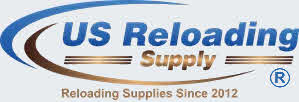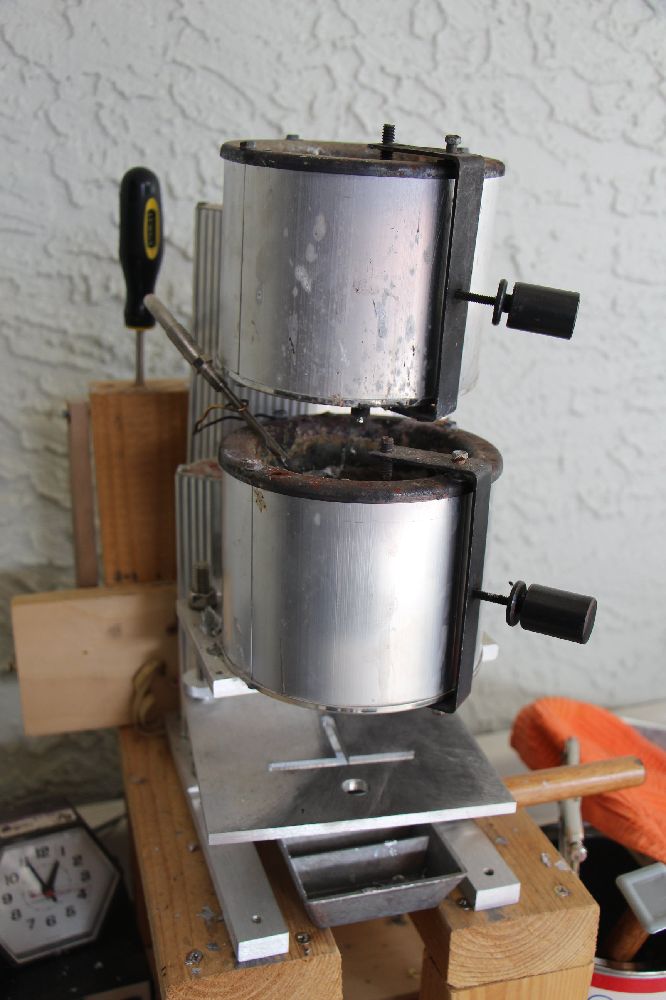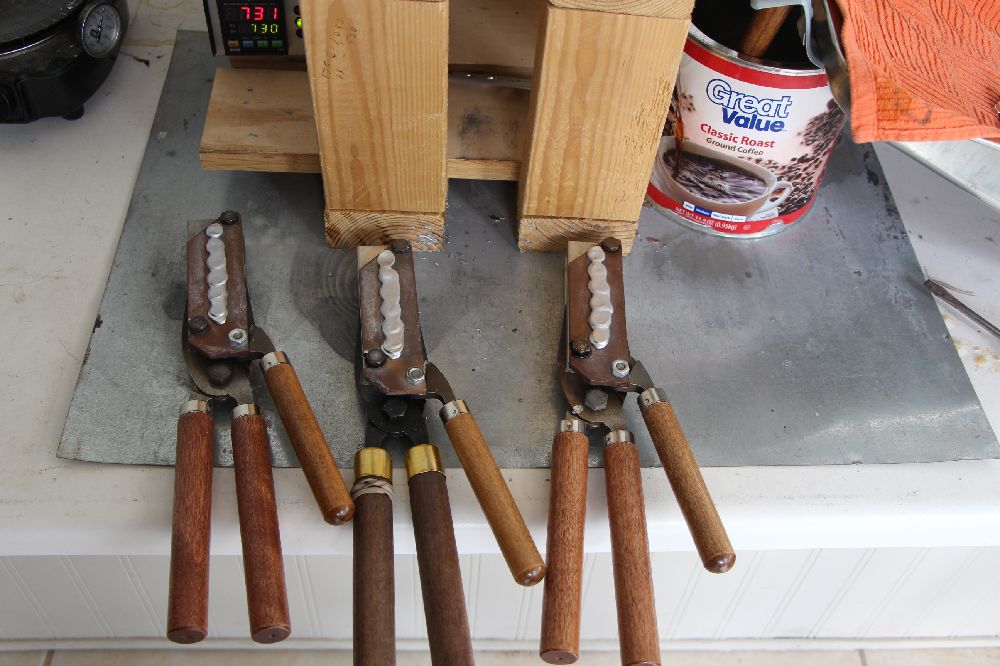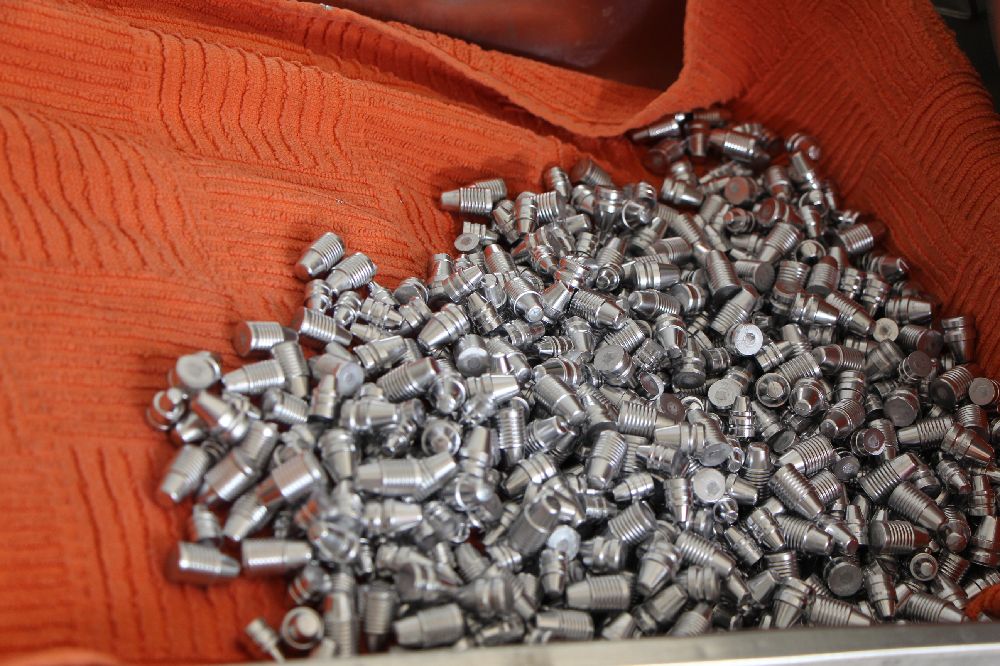Bullet Casting Basics — How to Get Started (and Stay Safe)
Bullet Casting 101: The Basics Every Reloader Should Know (and the Safety Tips You Can’t Skip)
For many reloaders, bullet casting is where the journey truly begins. It’s inexpensive, practical, and incredibly rewarding to pour your own bullets, tune hardness to your firearm, and create accurate ammunition at a fraction of the cost.
In fact, US Reloading Supply itself started off in 2012 with cast bullets — making this topic both nostalgic and foundational to the reloading world.
If you’re ready to explore bullet casting or want a refresher, this guide covers the basics, equipment, alloys, setup, and essential safety you need to get started. Instead of a lot of paragraphs, this will be in more of a bullet point (LOL) format. Easy to read and quick to refererence.
Why Cast Your Own Bullets?
Bullet casting offers several advantages:
✔ Cost savings
Lead is still one of the most economical projectile materials available, and casting drastically reduces cost per bullet. For the 9mm reloader, making lead bullets for under $.02 each!
✔ Customization
Control weight, hardness, style, and coating to match your firearm’s needs.
✔ Accuracy
Well-cast, well-sized bullets can be just as accurate as jacketed projectiles — sometimes better in revolvers and lower-velocity rifles.
✔ Self-reliance
Many reloaders enjoy producing their own bullets without depending on supply-chain swings.
Equipment You Need to Start Bullet Casting
Here is the core gear required:
1. Lead Melting Furnace
You can use:
Electric bottom-pour furnace (most common today)
Cast iron pot + ladle (traditional method)
Electric pots offer consistent temperature control and faster workflow. Below is a Lee lead pot that takes the initial lead and heats it to melting. It then flows into the second pot, keeping the lead temperature more stable... better bullets!
2. Bullet Molds
Molds determine bullet shape, weight, and diameter.
Options include:
Aluminum (lightweight, fast to heat) least expensive
Steel (durable, slower to heat/cool)
Brass (excellent fill-out, heavy)
Brands vary, but popular choices include Lee, NOE, Lyman, RCBS, and MP Molds. Below, some Lee 6 banger molds. Casting 6 at a time, really speeds the process.
3. Lead Alloys
Pure lead is too soft for most firearms unless velocities are very low.
Common alloys:
Wheel Weights (WW)
Great all-purpose alloy
~10–12 BHN hardness
Good for pistols and medium-velocity rifle loads
Lyman #2
Harder (~15 BHN)
Excellent for higher pressures and rifles
Pure Lead
Muzzleloaders, black powder, very low pressure loads
Linotype
Very hard
Often used for alloying (mixing) rather than pure casting
4. Lead Thermometer
Even with electric pots, temperature variation is common. Ideal casting temperatures are 700–750°F depending on alloy.
5. Bullet Lubrication or Coating
Traditional options:
Lubing/sizing with a lube-sizer press
Pan lubing
Modern popular option:
Powder coating (offers fantastic accuracy and reduces barrel leading). Epoxy and other coatings are available too.
How to Cast Bullets: Step-by-Step
Step 1: Preheat Your Mold
A cold mold causes wrinkles and poor fill-out. You can preheat on:
The pot’s warming plate
A hot plate
Carefully above the furnace
Step 2: Melt and Flux the Lead
Use wax, sawdust, or commercial flux. Fluxing removes impurities and helps alloys blend evenly.
Step 3: Start Casting
Fill the mold fully
Allow sprue to solidify
Cut sprue cleanly
Tap mold handles lightly if bullets stick (don’t pry!)
After a few cycles, molds stabilize and produce perfect bullets.
Step 4: Inspect Bullets
Reject bullets with:
Wrinkles
Voids
Rounded edges
Incomplete fill
Step 5: Size and Lube/Coat
Sizing ensures proper barrel fit. Typical fit rule: .001” over groove diameter of your barrel. Don't know your dimensions? Slug your barrel.
Coating (powder coat) or traditional lube prevents leading and improves velocity consistency.
Below are some fresh 357 bullets ready for coating. Nice and shiny!
🔥 Safety Is the Most Important Part of Bullet Casting
Casting is extremely safe when done correctly. The dangers come from heat and lead exposure — both manageable with proper preparation.
1. ALWAYS Cast Outdoors or in Very Good Ventilation
Lead fumes are minimal at normal casting temps, but flux smoke and airborne dust can be harmful.
2. Keep Water Far Away from Molten Lead
Even a tiny drop will cause a violent steam explosion.
Never drop damp lead into the pot!
Never cast near water sources!
3. Use Proper Safety Gear
Minimum required:
Leather gloves
Long sleeves
Safety glasses or face shield
Closed-toe shoes
Respirator (optional but recommended)
4. Avoid Eating or Drinking While Casting
Lead dust can transfer to your hands easily. Always wash thoroughly after casting.
5. Treat Every Mold and Tool as HOT
Aluminum molds in particular can look deceptively cool — they’re not.
6. Store Lead Safely
Keep lead ingots away from kids, pets, and moisture.
Should You Try Bullet Casting Today?
Absolutely! It’s economical, satisfying, and gives you complete control over your ammunition.
And for many reloaders — including the early days of US Reloading Supply — it’s where the passion begins.
If you’re new to it, take your time, prioritize safety, and enjoy the craft. If you’re experienced, it’s always worth revisiting fundamentals and sharing with others. Questions on how to start? Email or call us!




